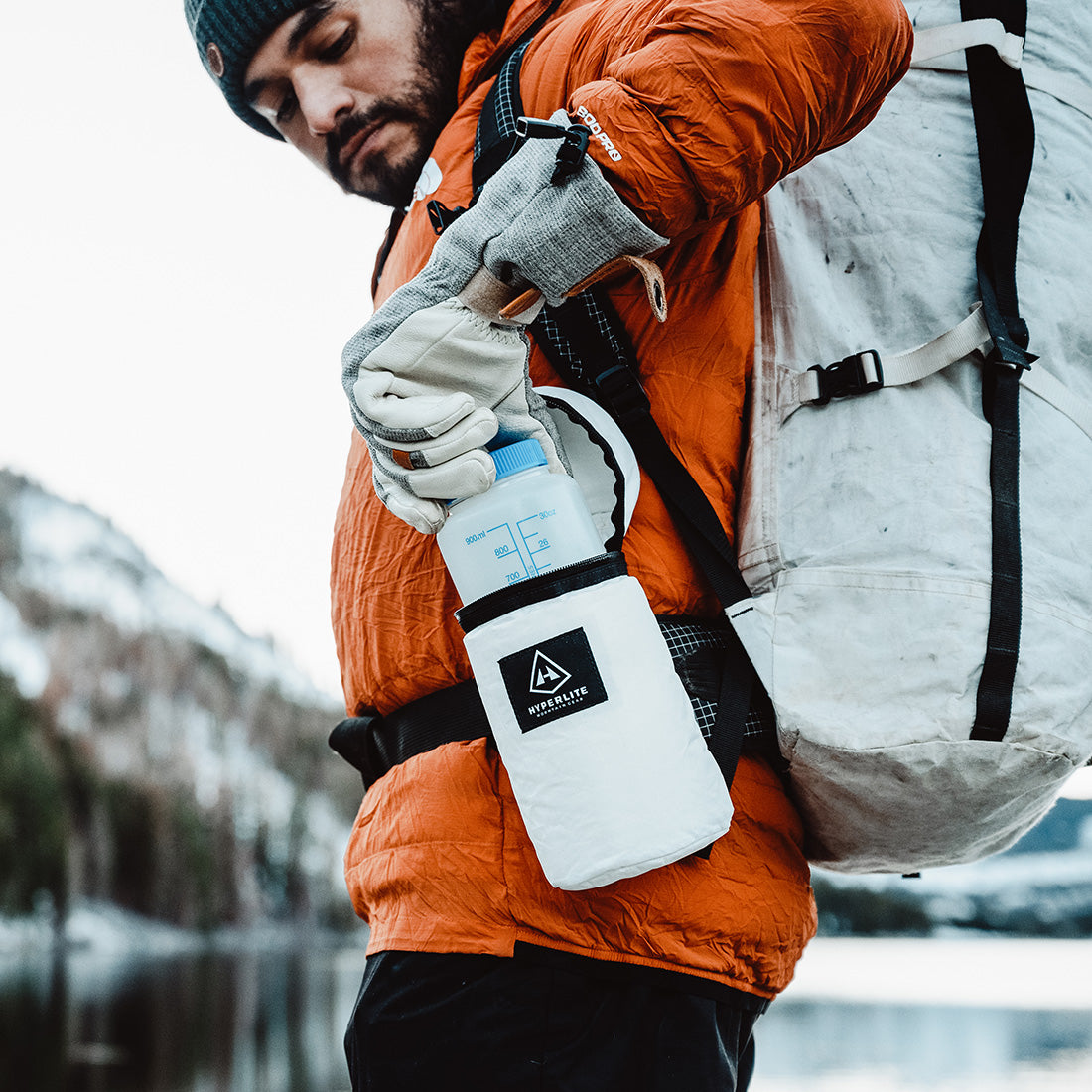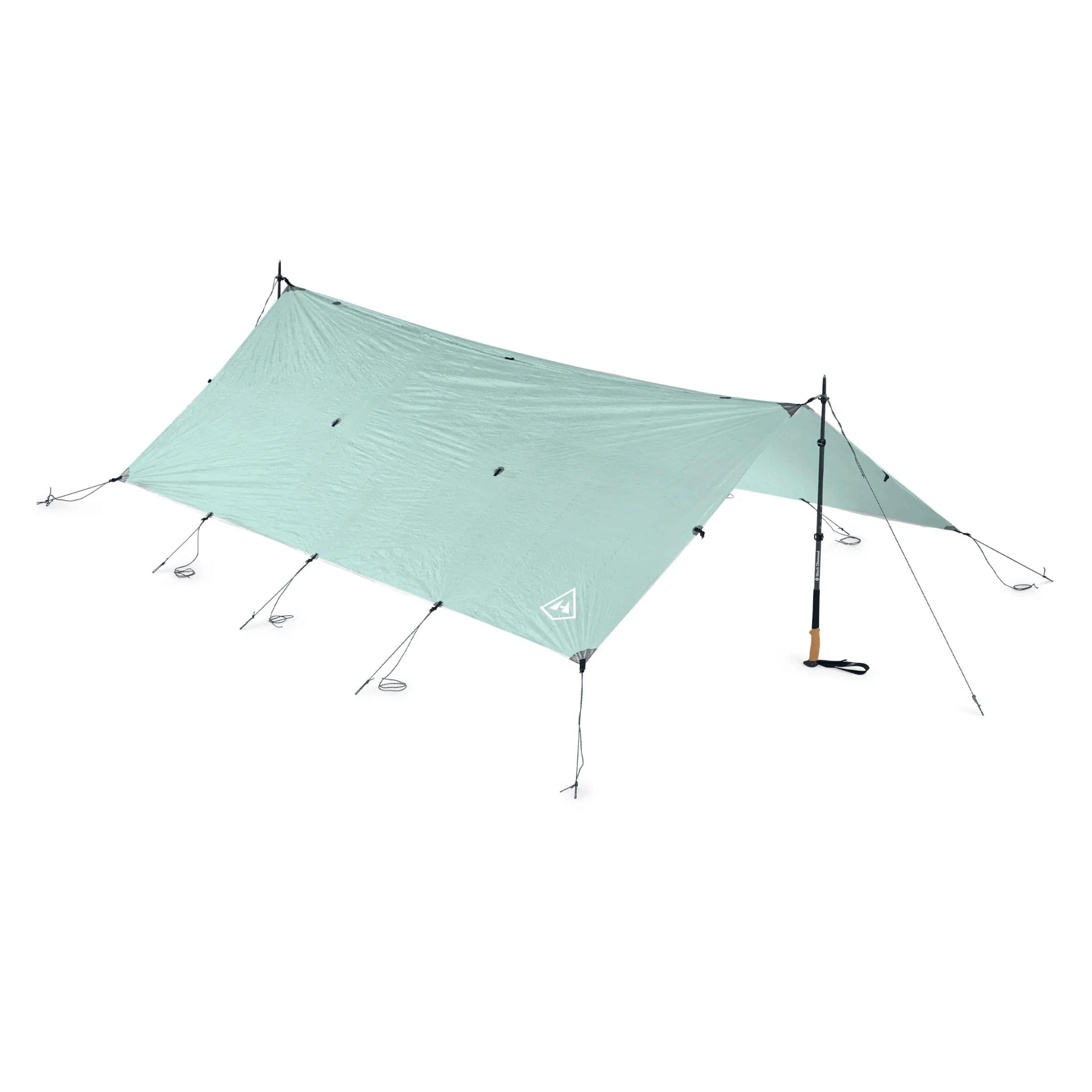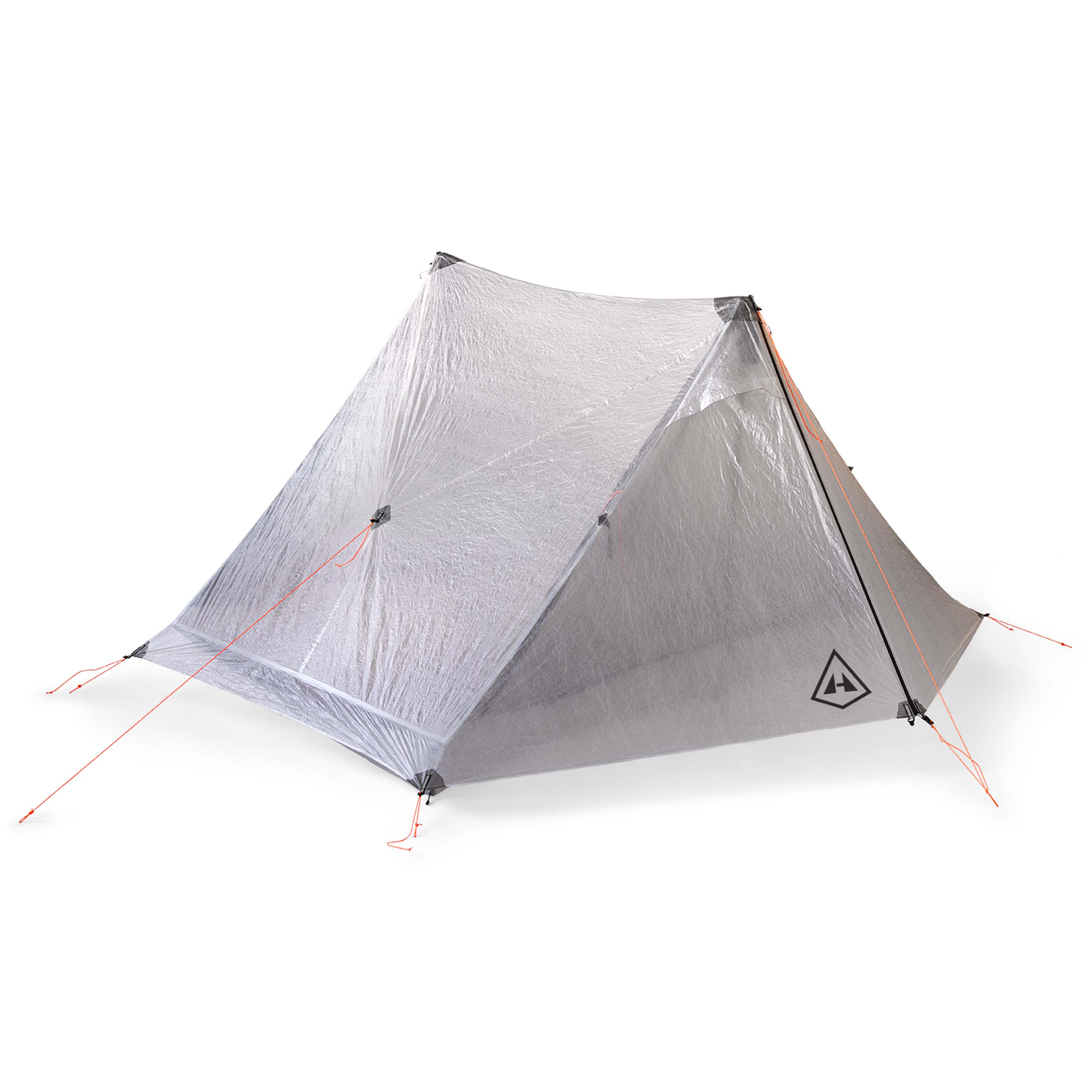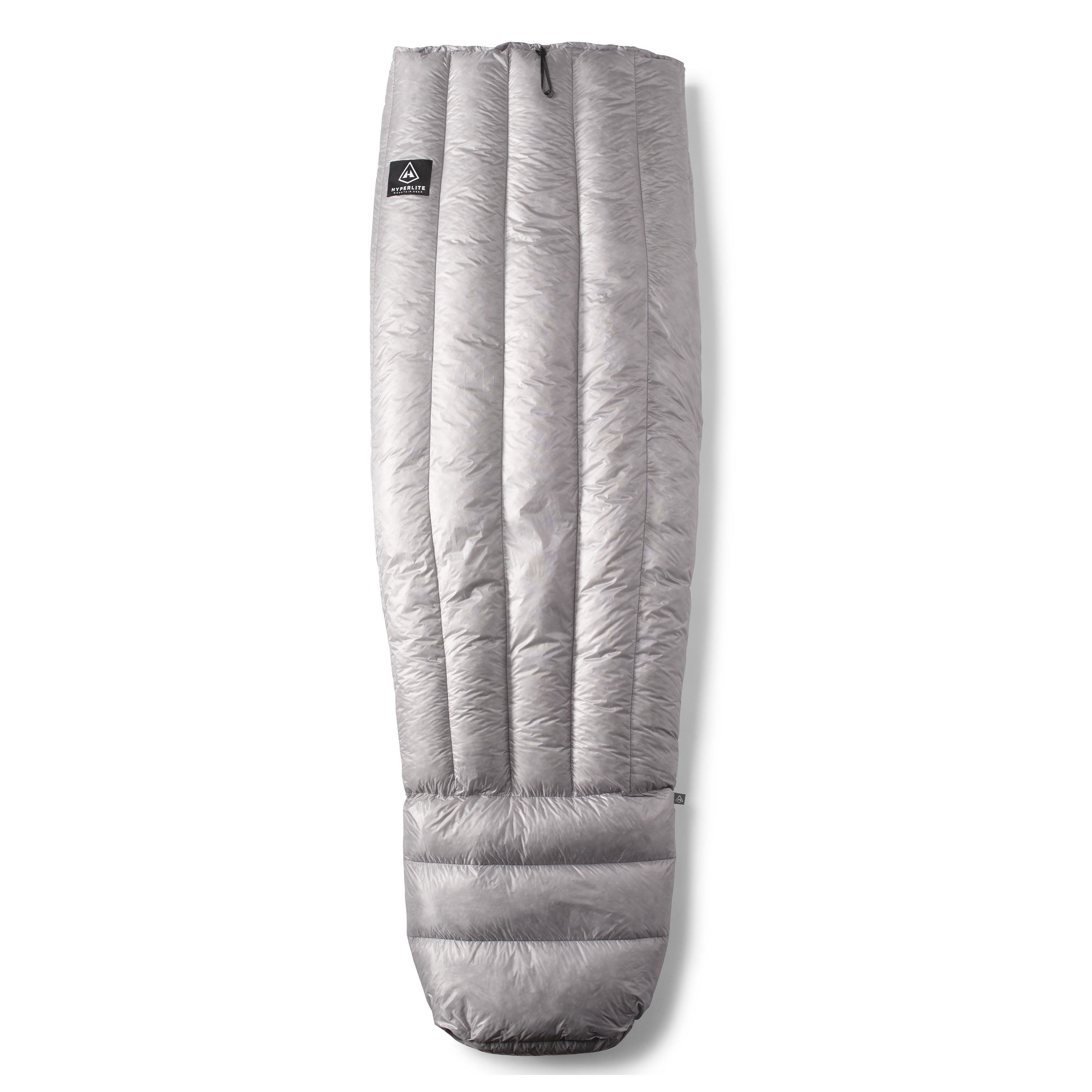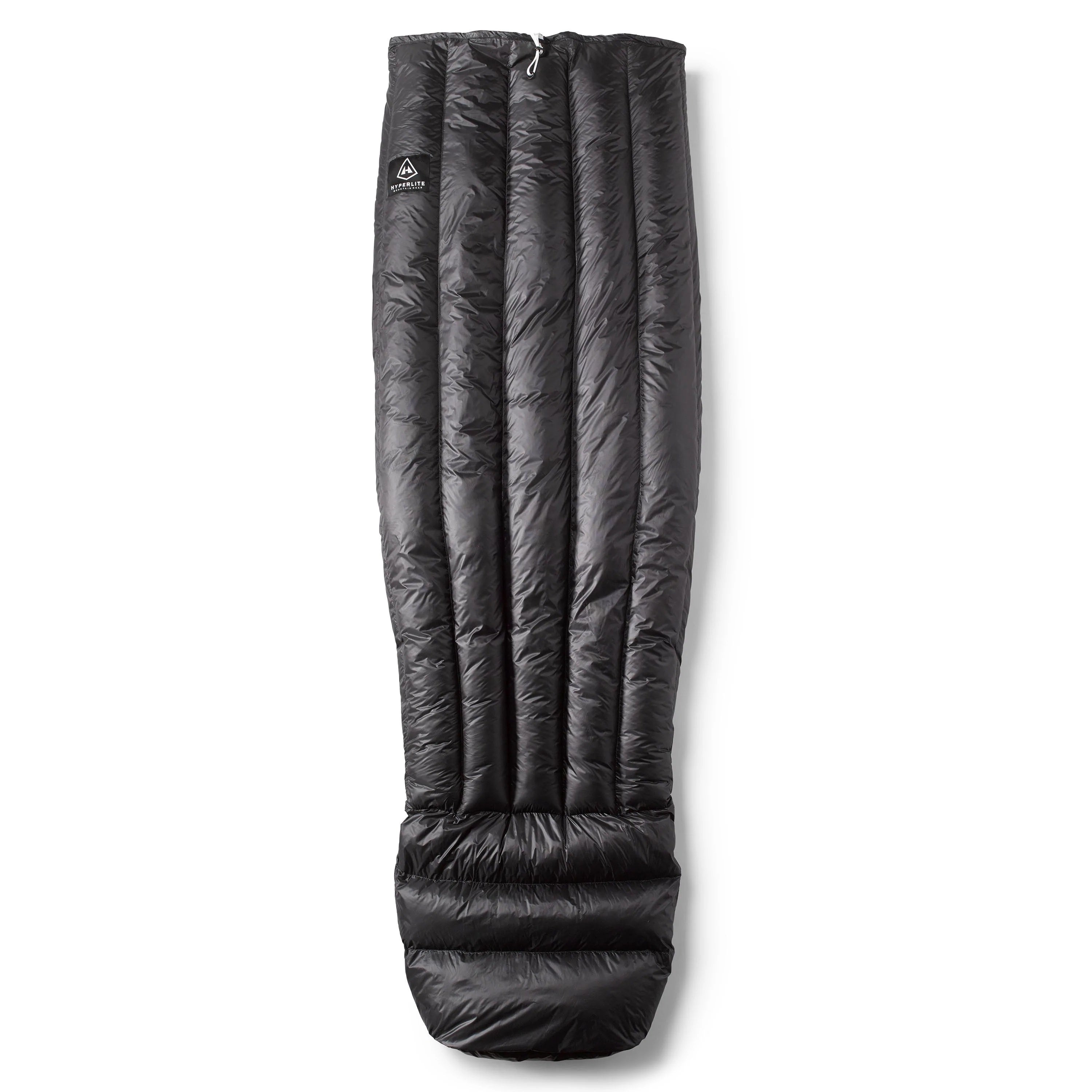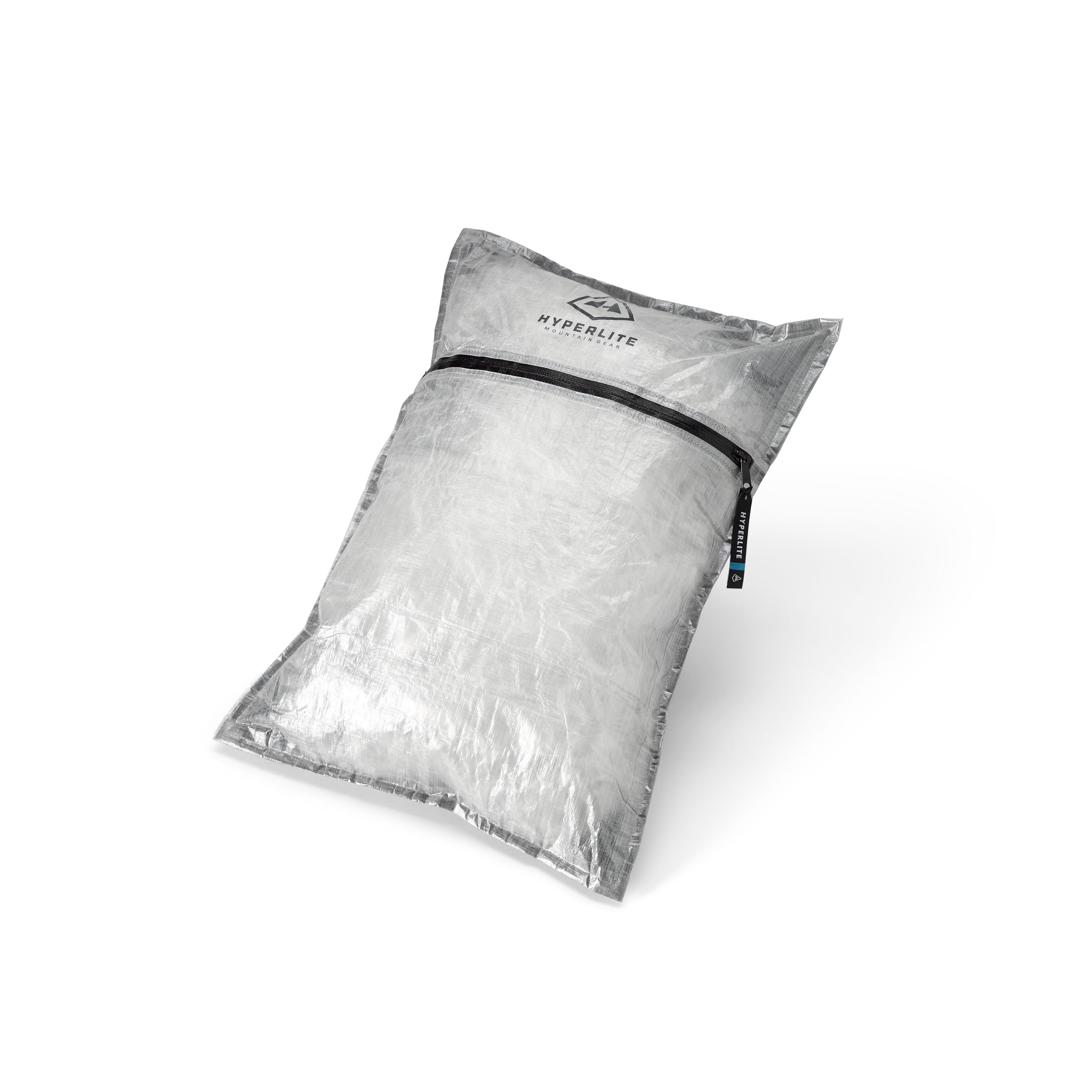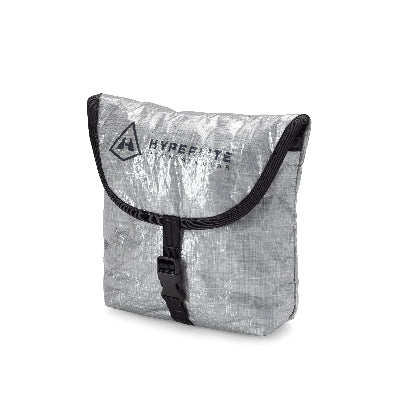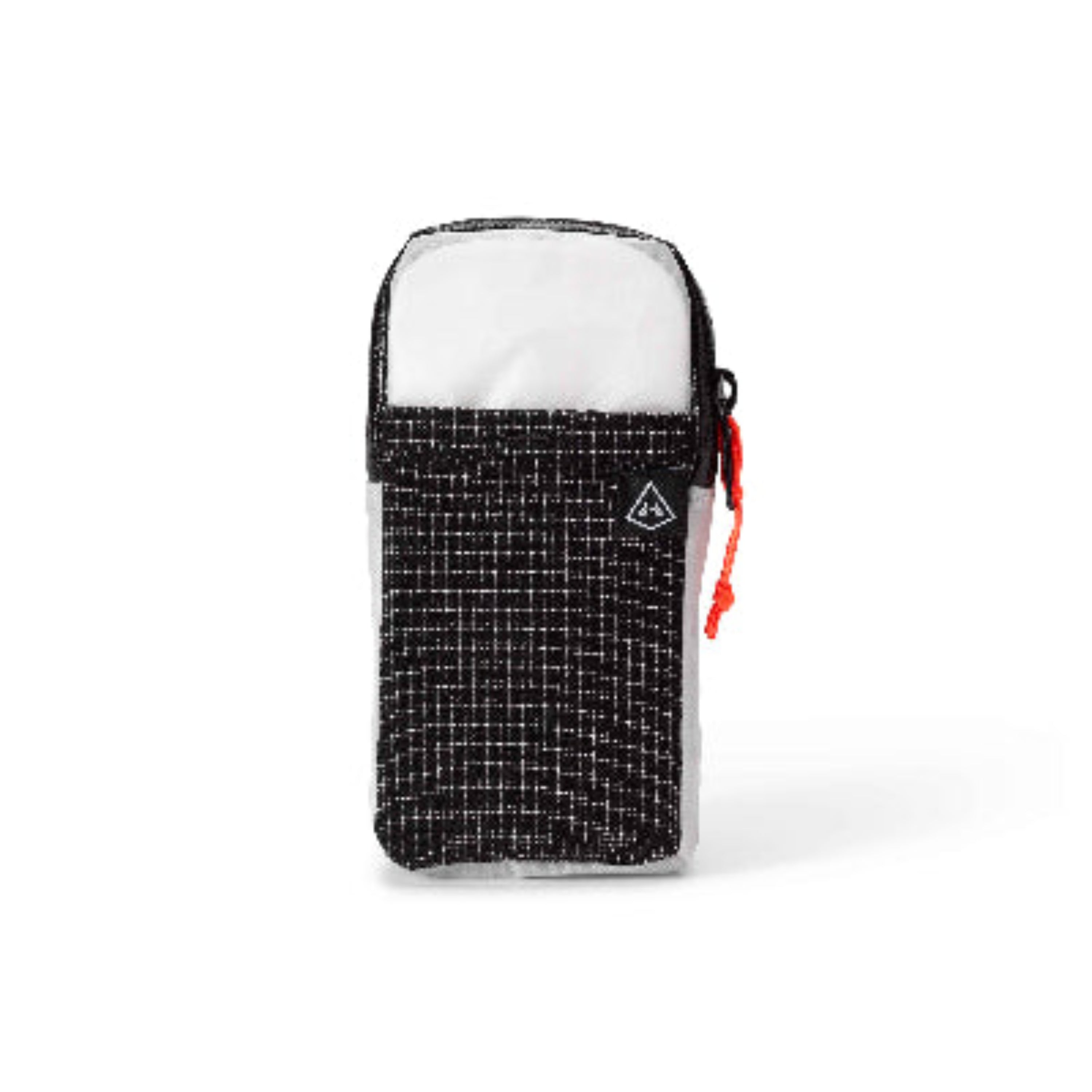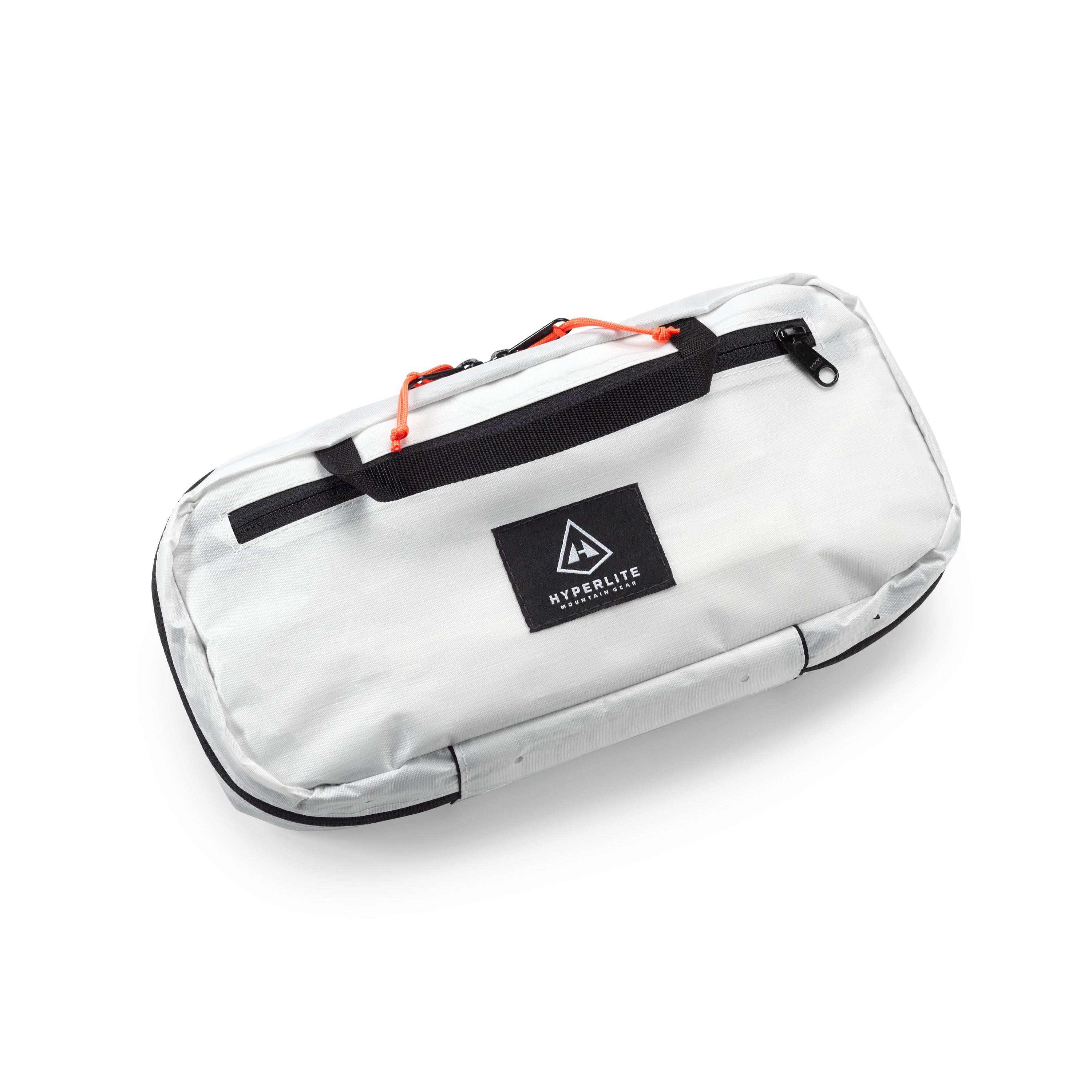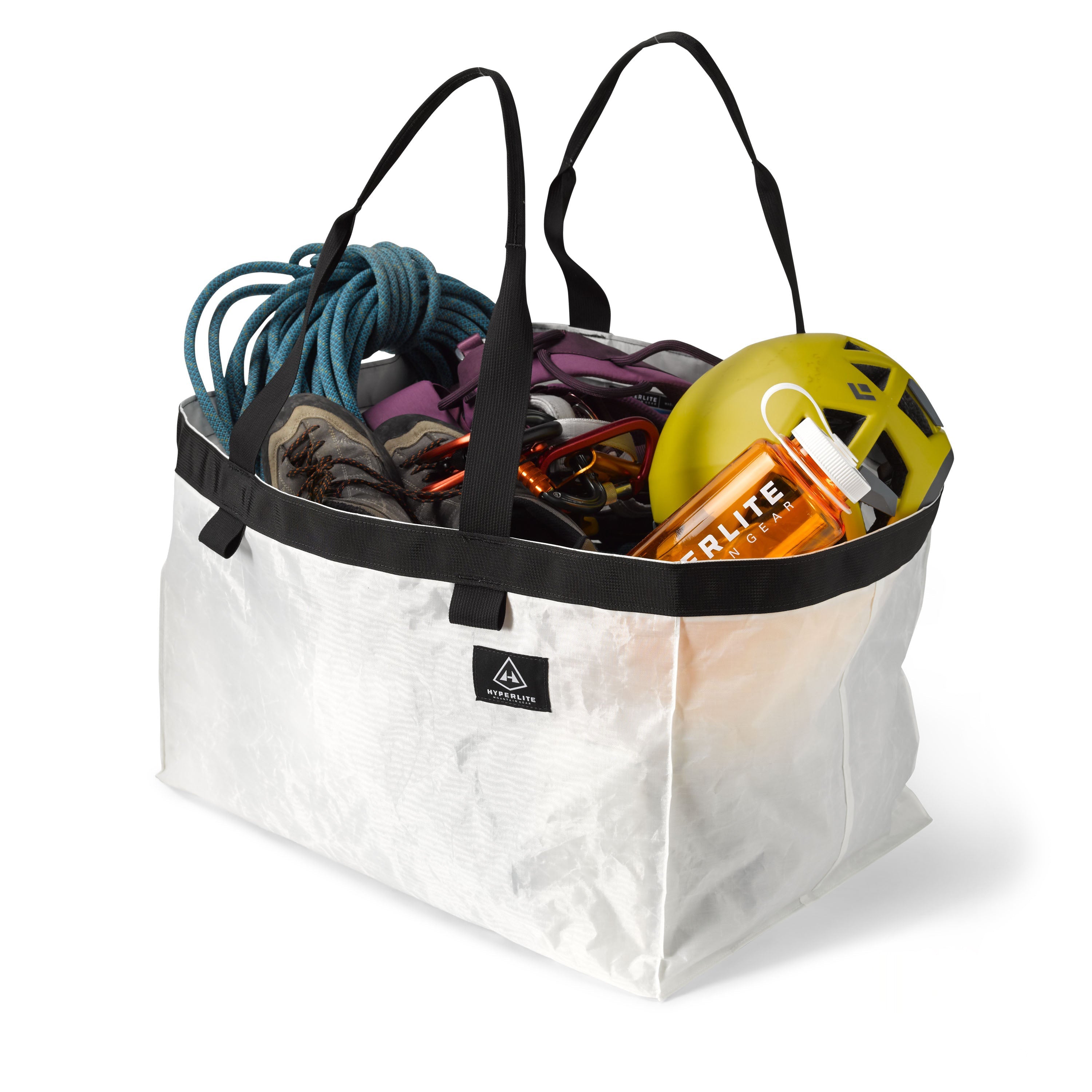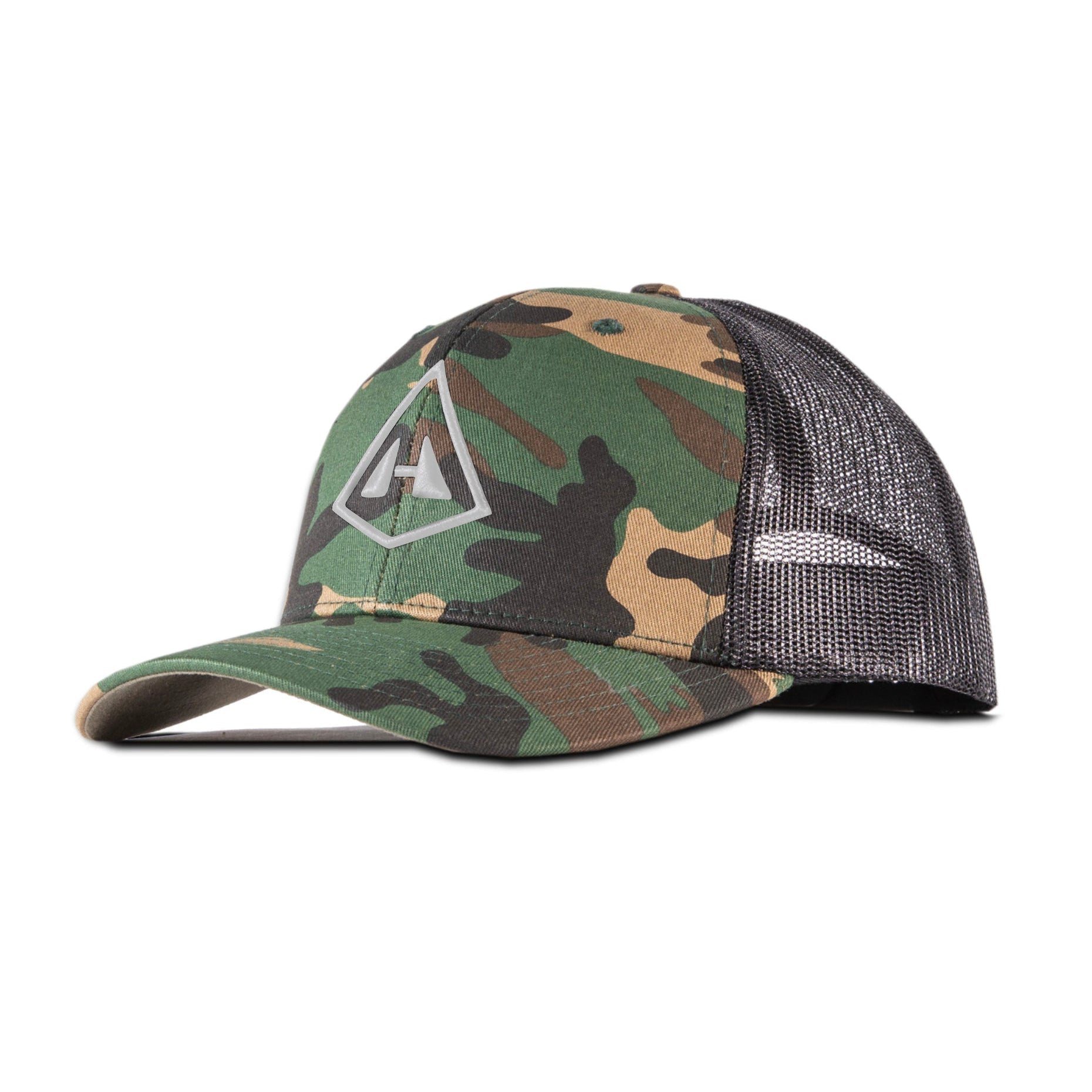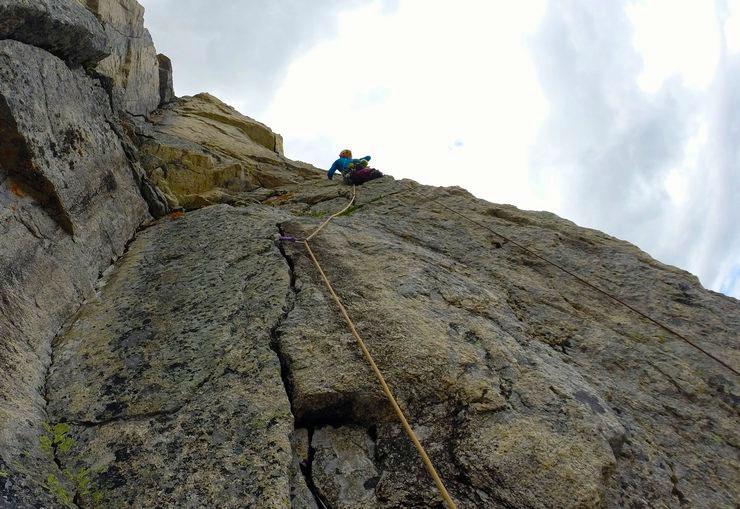Editors Note: NOLS instructor Andrew Altepeter regularly contributes educational articles to our blog on how to teach ultralight backpacking skills. We got the chance to chat with him about his personal transition to lightweight, techniques to lighten your pack weight, some of his favorite equipment and the inspiration he continues to find as a instructor. Read Altepeter’s other articles here.
Andrew Altepeter fell in love with the outdoors at a young age after a transformational hike up to Knapsack Col in the Wind River Range. Pushed past his limits by his father, incredible views of the northwestern Wind River Range awed him. He was hooked. This passion stayed with him through four years at Whitman College, where he regularly participated in the school’s outdoor program. Next came work in the energy industry as a drill-site geologist, but still he managed to find time to adventure when not at work. However he soon moved on, taking an instructor course with the National Outdoor Leadership School (NOLS). There, he started to learn about lightweight hiking. “By summer of 2010 I had worked a few courses, and I was hooked,” he says. And five years later he shows no signs of slowing down. He says the the chance to be an instructor has “provided an avenue to support transformational experiences for others” and helps him appreciate the importance of the wilderness. Plus it has given him the opportunity to hone his ultralight hiking skills and how he teaches these skills to others.
What do you appreciate most about your transition to ultralight backpacking?
My first experience with maximizing efficiency of all systems involved with backcountry travel was in 2009 on the instructor course that I took at NOLS Southwest. The instructor team that facilitated the course emphasized lightweight hiking principles to help us think critically about everything we put in our packs and on our bodies. What I love about going light is the mindset of thinking systemically about the group and personal gear that you bring. This practice of being hyper-aware of your abilities, yourself, the group, the environment, and what you have with you to make it all happen is very satisfying and translates into rich experiences.

What item that you changed made you lose the most weight?
The sleeping bag is typically the bulkiest item in one’s personal gear. Investing in a down sleeping bag had a ripple effect on other components of my backcountry system. With that reduction of bulk I was able to have a smaller pack size which shed weight in two of the “big three” categories.
Do you ever feel unprepared due to your ultralight style of hiking?
Largely no and definitely not in a way that affects risk management for myself or others. A moment comes to mind from the NOLS Instructor Course that I took in 2009. We were in the Gila Wilderness late in our ration and practicing lightweight systems that our school has been developing for our lightweight backpacking offerings. We sat in a circle getting ready to discuss a plan for the next day. All were hungry at this point as we calculated our ration down to the calorie to carry just what we needed. One of the instructors leading the course began enjoying a Snickers that he added on top of the standard ration and we all watched him enjoy it; it was so cruel of him, but he was unaware that we watched in envy. Lesson learned: always bring extra Snickers.
What does your backcountry first-aid kit look like?
I always carry epinephrine and antihistamine even if the people that I am with have no known allergies that may cause anaphylaxis. You never know when someone may learn that they are severely allergic to something or if you will come across someone in need. In addition to an epi kit, on multi-pitch rock climbs I bring athletic tape, nitrile gloves, and a couple of gauze pads leaving the comprehensive kit at the base or in the vehicle depending on the planned descent. When on expedition I bring more gauze, moleskin and foam, second skin, irrigation syringe, wound closure strips, Opsite Flexigrid, trauma shears, tweezers, ibuprofen, acetaminophen and a thermometer. (Read First Aid Lite: Ultralight Backcountry First Aid Kit for more ideas on how to minimize your kit.)
What food do you like to bring in order to balance weight vs calories?
Finding foods that are calorically dense and at the same time lightweight is challenging. One favorite dish is Thai coconut curry with rice, dehydrated veggies and tofu. The key lightweight move is bringing powdered coconut milk, which is also an amazing addition to hot chocolate on cold nights. (Read Mike St. Pierre’s article on Food Prep & Recipes for Ultralight Thru Hike Adventures).
Which toiletries are not needed in the backcountry?
So many! Toiletries is a category where folks new to backcountry travel can typically shed significant weight with some forethought. I wear contacts so I bring solution, case and an extra pair. I fill and reuse a tiny Nalgene container (1/4 or 1/2 oz) with toothpaste, so I’m not buying a bunch of travel sized tubes. I also break the handle off the toothbrush to reduce bulk. An ounce or two of Dr. Bronner’s soap is all that’s needed for staying hygienic. And that’s it for me. (For more quick tips, check out Altepeter’s “Stripped Down Lightweight Backpacking Tips.)
Is there anything that you bring to all journeys, regardless of length?
I always have some sort of coffee system. I’ve found the Starbucks Via instant coffee packets to be the simplest and least bulky, though it makes for a lot of excess packaging and there are more satisfying options. A bulkier though more pleasing option is the turkish grind and enjoying cowboy style after the grounds settle. Adding the MSR Mugmate filter to the kit allows for a more refined experience without much extra weight or bulk. Sometimes it’s just nice to have a stovetop espresso maker with you! I like the Ilsa Turbo three cup, not exactly a lightweight move, but sometimes concessions are made for the finer things in life.
Does being responsible for a group of NOLS students mean that you need to change what you would normally bring on a trip?
There are certainly different considerations when working in an institutional setting versus being out on a personal trip. We bring satellite phones to coordinate support if needed; and we carry emergency communication devices for rapid response to a life or limb emergency. We also bring a more extensive first aid and drug kit to address a variety of issues within our scope of medical practice as instructors. These resources are bulky, but obviously of great importance and have been streamlined as technology and our protocols advance. We also teach an emergent leadership and environmental science curriculum which requires some teaching resources. This usually includes a few field guides, class outlines, dry erase markers with laminated white paper or white trash bag and inspirational/educational readings.
What do you like about teaching students how to make their gear lighter?
Doing more with less is a concept that is vital to the health of the planet. It is really fun to go through gear with students and think critically about bringing only what we need on a course. There is usually skepticism, sometimes resistance, and other times folks are happy to leave more behind. The bigger lesson learned is that living simply and with more intention will result in a higher quality of life and instill more sustainable habits.
Shop now for the Ice Pack that Altepeter is using!
The post Ultralight Backpacking: Making The Transition & Prepping With Less Gear appeared first on Hyperlite Mountain Gear Blog.



